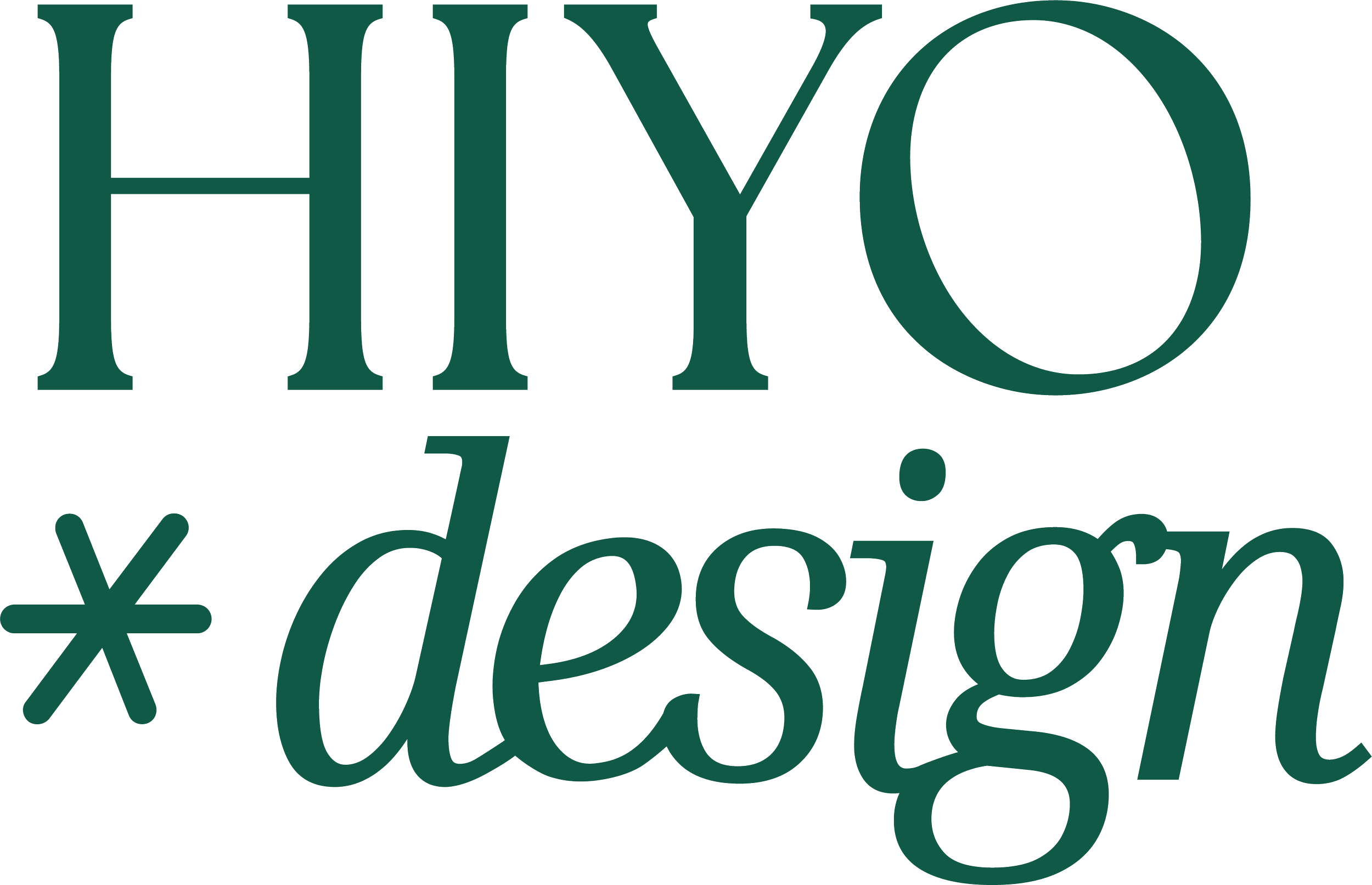7 Steps to Define Your Marketing Strategy
1. Define channels based on your audience
Does your audience hang out in Instagram? Facebook? Twitter? Youtube? Pinterest? In a specific physical location? Do they check email on a regular basis? Do they follow blogs? Do they watch TV or Netflix? Do they listen to Radio or Podcasts? Ask yourself this before deciding what channels to invest in. The goal is to increase awareness and get your business trending within your target audience. Trust me: You don’t want to spend all your money, energy and resources on a channel that’s not going to work for your industry or your target audience. In general, Instagram is good for visually appealing brands, Facebook Groups are good for building online communities, FB/IG Ads are great for a very targeted audience, Pinterest works well for “how-to’s” and Twitter & LinkedIn are useful for “news updates.” If you’re considering TV commercials, make sure you take into account how our TV viewing habits have changed over time. Once you’ve established your brand on one or two of your top channels, then you can move forward with others to expand your reach. Doing it all at once can make you lose focus on the strategy and will likely spread your resources too thin to be truly effective.
Source: pathinteractive.com
2. Define specific goals for each of those channels
Each channel you choose should have clearly defined goals that align with the chosen channel. Allow me to explain: Blogging (with SEO in mind) is a great way to provide valuable content to your audience. A goal could be to get X% increase in traffic or X mailing list signups from new readers. Email Marketing is good for adding traffic to your blog and for promoting seasonal sales. A goal could be to get X% open rate or make X sales from a promotional email. Instagram can also be used to promote blog content and to get more back-and-forth engagement with your audience (I’m especially a fan of IG stories poll/question stickers!). A goal could be to grow your followers by X% or increase engagement by X%. going for “engagement”, “traffic”, and “open rates” means you’re doing it right & going for the “long game”–the best way to get loyal customers is to provide lots of valuable content before ever asking for a purchase.
Source: blog.weekdone.com
3. Provide value content & repurpose it wisely
As you may have noticed, adding more channels doesn’t mean you need to start from scratch every time. Blog content can be summarized in Instagram posts. Make sure to use relevant hashtags & lead customers to the blog with the link in your bio (we use Later’s linkin.bio). When using Instagram though, make sure to keep the profile preview in mind if you want a nice overall look & feel for your page. In Facebook or Linkedin, you can elaborate a bit more and you can provide the actual link to the blog post (though you may want to rephrase your post to be more “carrier-oriented” for LinkedIn). For Pinterest, you might want to create a vertical, Pinterest-friendly graphic. So basically, you don’t have to start from zero, but you can definitely make some tweaks in order to optimize by platform.
Source: later.com/linkinbio
4. Use seasonal/trending content & strategic search terms
Check “Google Trends” to find what’s “hot” or “trending”. It’s also a great free tool to compare search terms – for example, are people searching for “website design” or “web design”? Alternatively, you can also take a peek at what your most successful competitors are talking about. Go to the Facebook Ads Library and search for competitor brands. You’ll be able to see any ads they’re currently running - maybe this reveals a topic or sales strategy you’d want to consider!
Source: trends.google.com
5. Use quality images
If you haven’t invested in professional photography yet don’t panic – there are tons of options out there for you! Unsplash & Pexels are two of my favorites for sourcing beautiful, free stock images. If you need headshots, a great ideas is to offer to model in exchange for a test shoot using Model Mayhem.
Source: unsplash.com
6. Provide CTAs & lead magnets at the end of posts
If you see a piece of content is getting a lot of traffic or engagement, it may be time to amp it up by including a downloadable freebie (like a checklist, guide, or worksheet) that you can offer at the end of the post in exchange for the viewer’s email. Having them on your email list gets them one step closer to becoming loyal fans of your brand. Attract.io from GrowthTools offers a super easy & quick solution for creating high-converting lead magnets.
Source: attract.io
7. SEO (keywords, hashtags & posting times)
We briefly mentioned SEO (Search Engine Optimization) but did you know SEO goes way beyond Google these days? There are plenty of ways for you to optimize content on each of your chosen platforms for high-searchability. For example: You can figure out what are the best times to post and at what frequency for your platform or for your audience and you can schedule posts to go out at that time & cadence. You can add hashtags to posts (and even IG stories!) to serve as searchable keywords. Include a mix of more popular hashtags & some niche ones. You can also consider changing your profile bio so it includes your main keywords.
Source: arcreactions.com
For more on how to market your small business, I recommend checking out mindspun’s Essential Guide to Marketing Your Small Business








